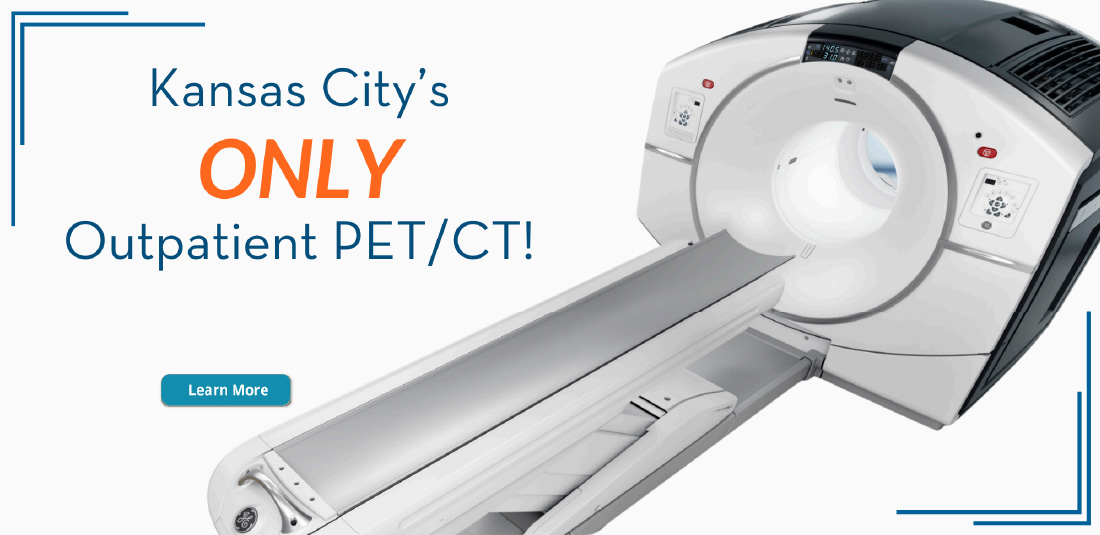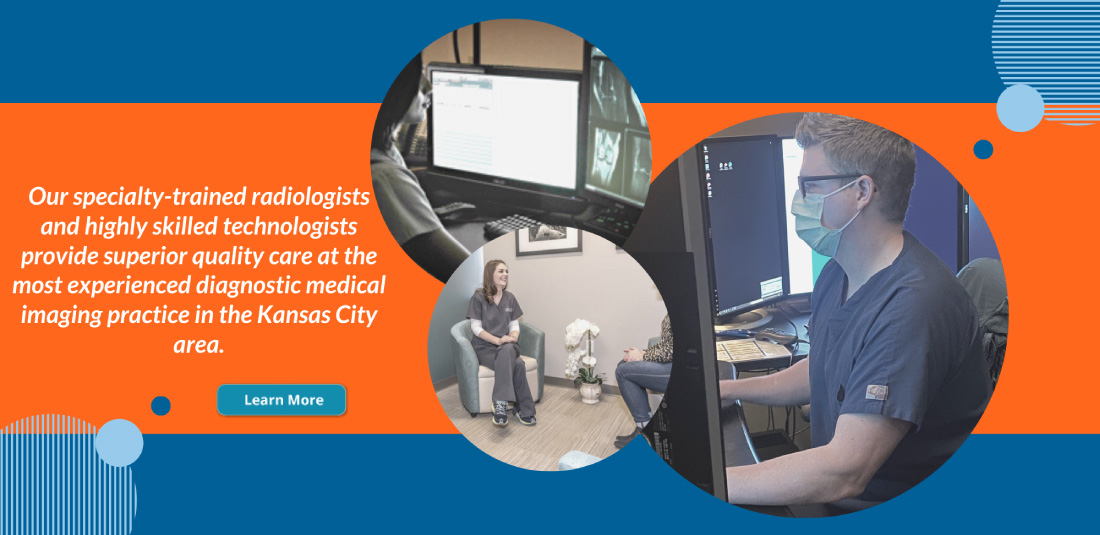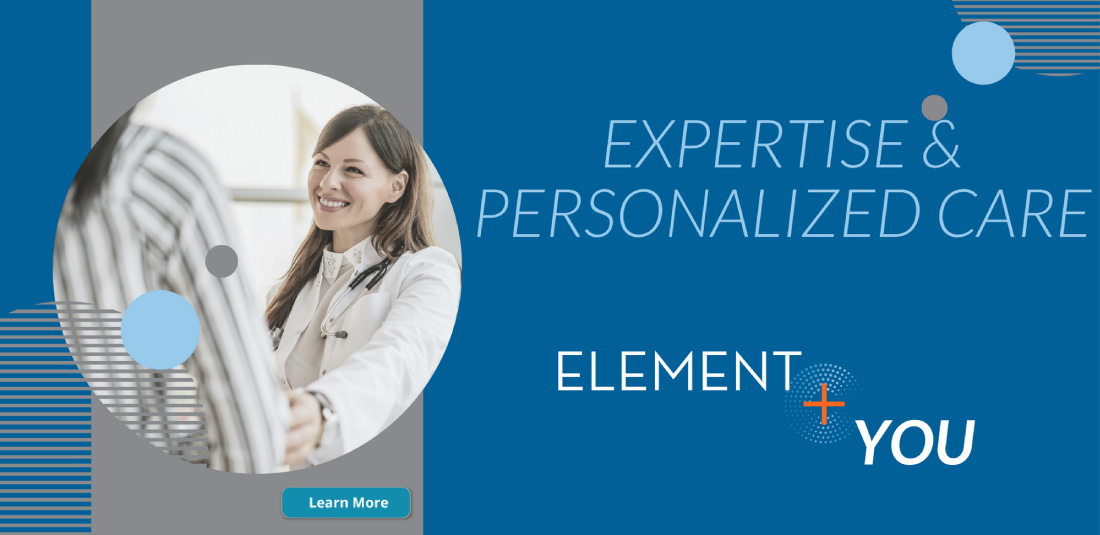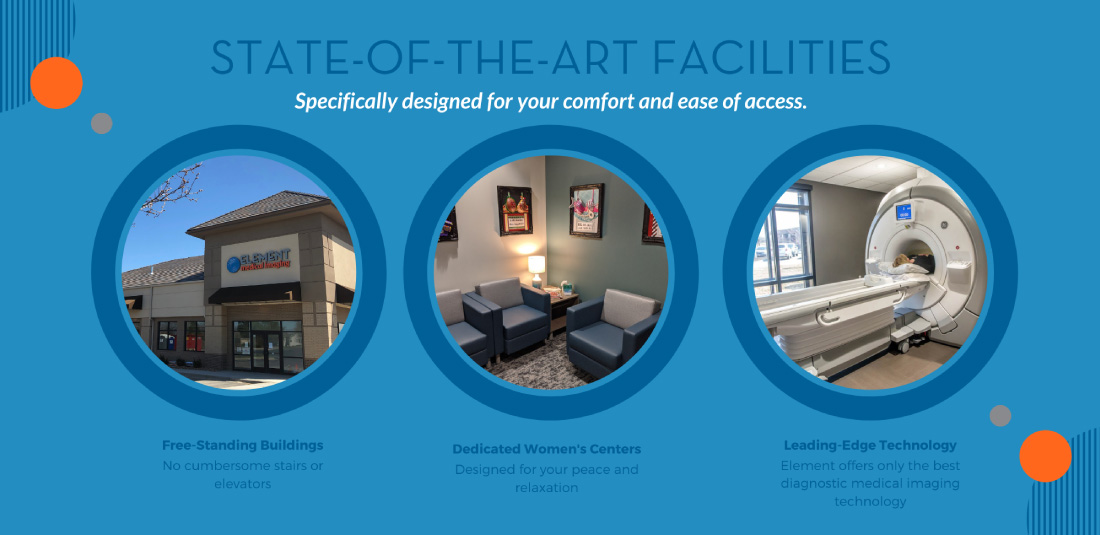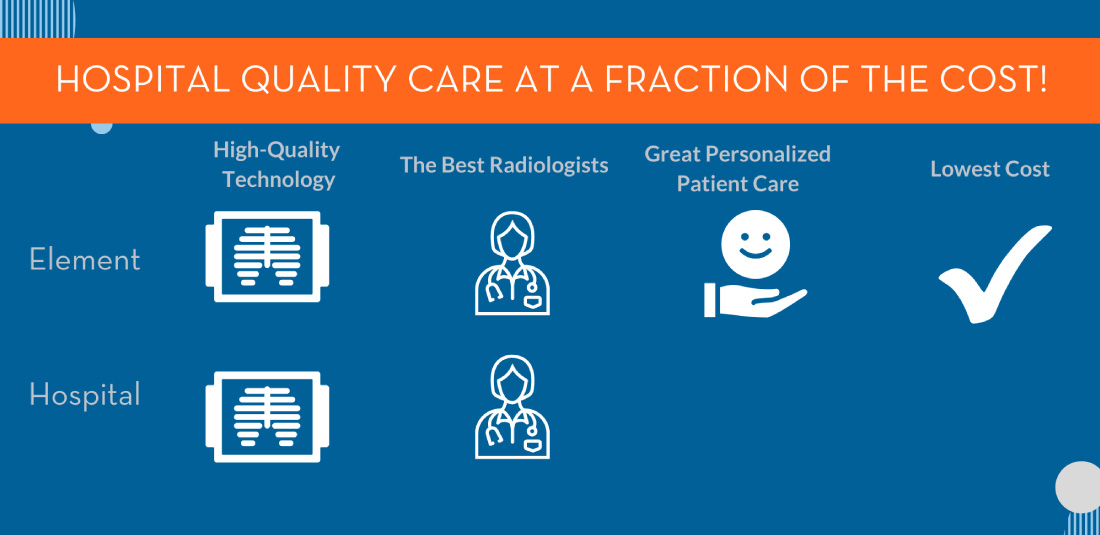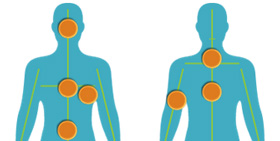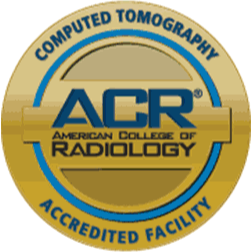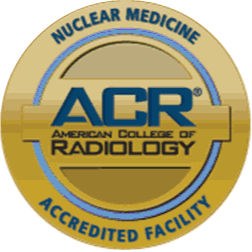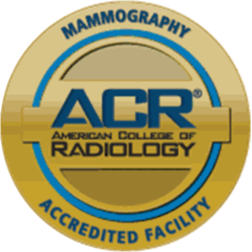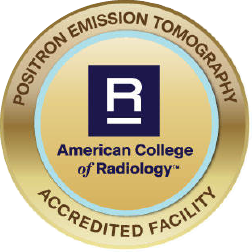CT Lung Cancer Screening
Exam explanation
The goal of a CT Lung Cancer Screening is to detect disease at its earliest and most treatable stage. Lung cancer that is detected early — before spreading to other areas of the body — is more successfully treated. Unfortunately, when lung cancer is typically diagnosed today, the disease has already spread outside the lung in 15 to 30 percent of cases. The U.S. Preventive Services Task Force (USPSTF) has issued a draft recommendation in favor of annual screening for lung cancer with LDCT in persons at high risk for lung cancer based on age and smoking history. The USPSTF recommends annual screening for lung cancer with low-dose computed tomography (LDCT) in adults aged 50 to 80 years who have a 20 pack-year smoking history and currently smoke or have quit within the past 15 years. Screening should be discontinued once a person has not smoked for 15 years or develops a health problem that substantially limits life expectancy or the ability or willingness to have curative lung surgery.
Exam Preparation
Tell your physician or the technologist if there is any possibility that you are pregnant. Prior to the exam, a technologist may speak with you on the phone to obtain necessary medical information and discuss instructions to be followed the day of the exam.
During the Exam
After you arrive for your appointment, you may need to change into a gown and possibly remove jewelry. Once you are prepared for your exam, your technologist will help position you on the table of the CT scanner. You will lay face up and the table will move into the large donut-shaped scanner. While inside the scanner, you will be able to see your outside surroundings. The technologist will talk with you from the control room where they can see you at all times. It is very important to lay completely still. The table will move slowly through the machine as the images are created. Periodically, the voice-activated component may speak to you, instructing you to hold your breath for a short period in order to create a clear picture of your lungs. Most CT lung cancer screenings take about 10-15 minutes.
CTA/CTV
Exam explanation
CT Angiogram (CTA) is a type of CT scan that specifically focuses on the arteries/arterial system in various parts of the body. It is used to provide detailed images of the circulatory system. CT Angiography is a non-invasive alternative to traditional angiography which involves inserting a catheter into the femoral artery.
Exam Preparation
Tell your physician or the technologist if there is any possibility that you are pregnant or if you have a history of allergies. Prior to the exam, a technologist may speak with you on the phone to obtain necessary medical information and discuss instructions to be followed the day of the exam.
During the Exam
To highlight the blood vessels, a contrast agent will be administered in the form of an injection. You will lay face up on a table, and it will move into the large donut shaped scanner. While inside the scanner, you will be able to see your outside surroundings. The technologist will talk with you from the control room where they can see you at all times. Periodically, you will be asked to hold your breath for a short period, not swallow, etc. This exam typically takes about 20 minutes.
CT Venogram
A CT Venogram (CTV) is similar to a CT Angiogram, but it focuses on the veins/venous circulatory system instead of the arteries.
Magnetic Resonance Imaging (MRI)
Exam Explanation
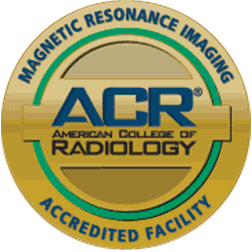 Magnetic Resonance Imaging is a safe diagnostic imaging technique which uses a magnetic field and radio waves to produce pictures of your body. X-rays are not used.
Magnetic Resonance Imaging is a safe diagnostic imaging technique which uses a magnetic field and radio waves to produce pictures of your body. X-rays are not used.
The MRI scanner sends out radio signals to the hydrogen atoms found in the water molecules in your body. The hydrogen atoms then send back radio signals which are recorded by the MRI scanner. A computer compiles this information and produces cross-sectional images of your body, very much like slices from a loaf of bread. The procedure provides excellent images of soft tissue structures like the brain, spinal cord, muscle and certain internal organs as well as joint anatomy.
Exam Preparation
You will be asked if you have any metal objects in your body, since the metal may interfere with the magnetic field. MRI cannot be performed on people with:
- Cardiac pacemaker or defibrillators
- Neurostimulators
- Brain aneurysm clips
- Metal fragments in the eye (plain film x-rays will be done of the orbits, if there is a prior history of metallic foreign body.)
If you are having a scan of the head, we recommend that you do not wear heavy eye makeup as the metal particles in the makeup may interfere with your exam. You may follow your normal diet and take any medications in your usual fashion.
During the Exam
When you arrive, you may need to change into a gown, and will be asked to remove all metal objects before going into the scanning room. You may wish to leave your jewelry and valuables at home, or we have secured lockers where you can store these items.
The technologist will help position you on a padded table in front of the magnet. Depending on the type of exam you are having, you will then enter the scanner head first or feet first. The technologist will begin by moving the table into the magnet. During the exam, the technologist will be inside the control room watching you at all times. An intercom system allows you to talk freely with technologist.
As the exam starts, you may hear a variety of thumping noises, similar to light hammering. Some people find this noise relaxing, but we also have earplugs for your comfort. While the scanner is working, you may feel a slight vibration. This procedure takes usually 45 – 60 minutes depending on the exam. Some exams may require an injection of a contrast material, dependent on the exam preformed.
Diagnostic X-ray
Exam Explanation
Radiography, or an x-ray as it is most commonly known, is the oldest and most frequently used form of medical imaging. The most common use of bone radiographs is to assist the physician in identifying and treating fractures. X-ray images of the skull, chest, spine, joints and extremities are performed on a walk-in basis. A written prescription from a physician is needed before the x-ray can be taken.
Exam Preparation
There is no preparation needed. If you are pregnant or the possibility of pregnancy exists you MUST notify the technologist. You may be asked to remove jewelry, eyeglasses or any metal objects that could interfere with the films being taken.
During the Exam
The technologist will position you on the exam table or against a wall mounted device. The technologist will ask you to hold very still without breathing for a few seconds. The equipment is activated, sending a beam of x-rays through the body to expose the film. The technologist may reposition you and take additional films. Once all images are obtained and reviewed for technical quality, you will be able to leave. A written report will be sent to your referring physician.




